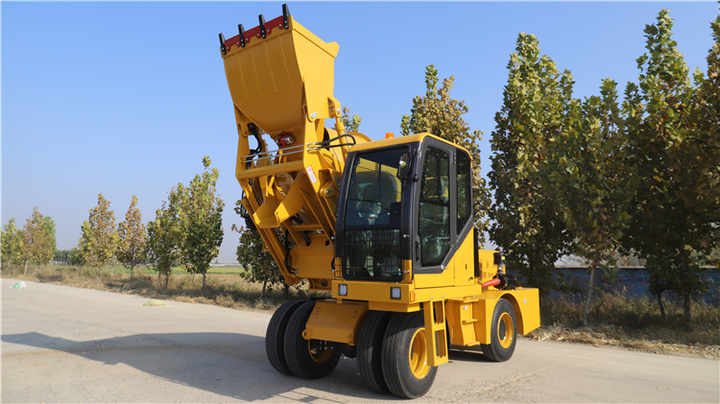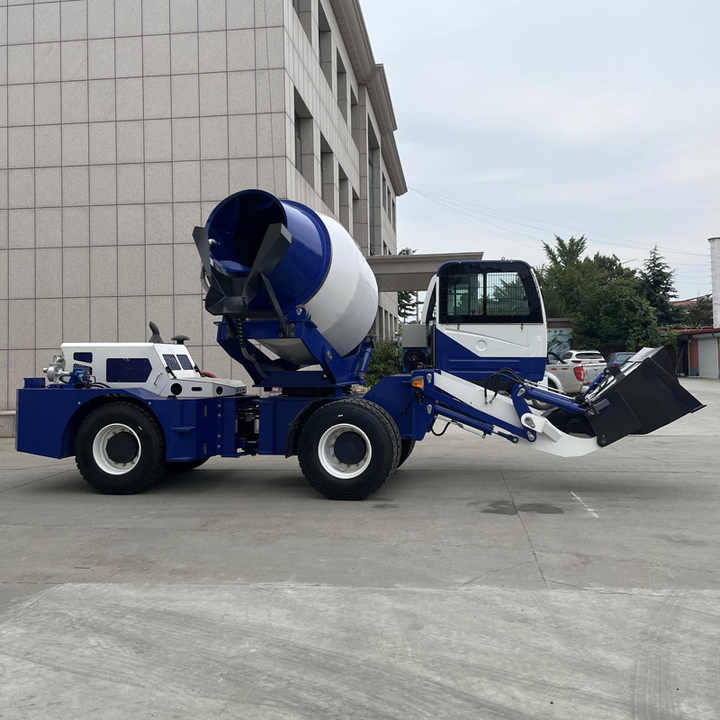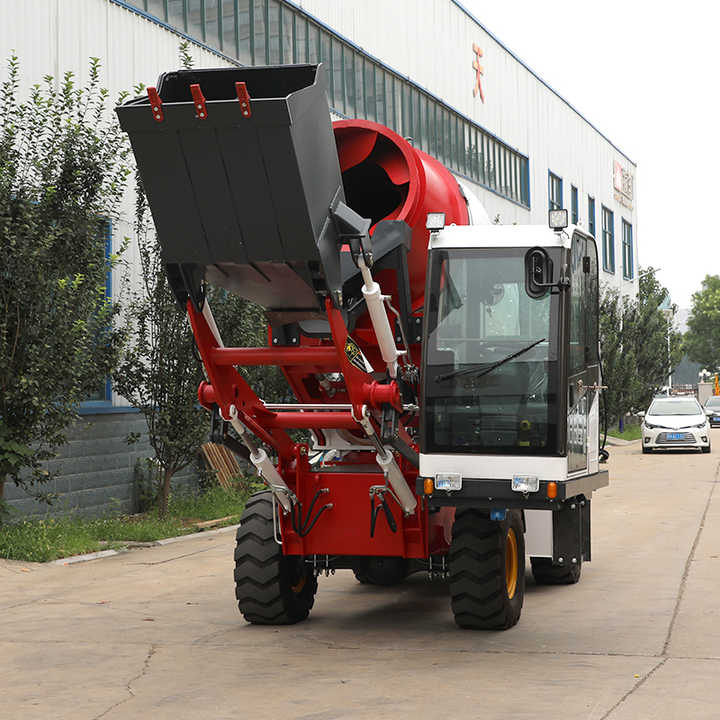The Evolution of Concrete Mixing Machinery: From Manual to Automated
-
Thesis: Concrete mixing has evolved from brute-force labor to highly sophisticated, automated processes, driven by demands for scale, consistency, efficiency, and quality.
-
Structure:
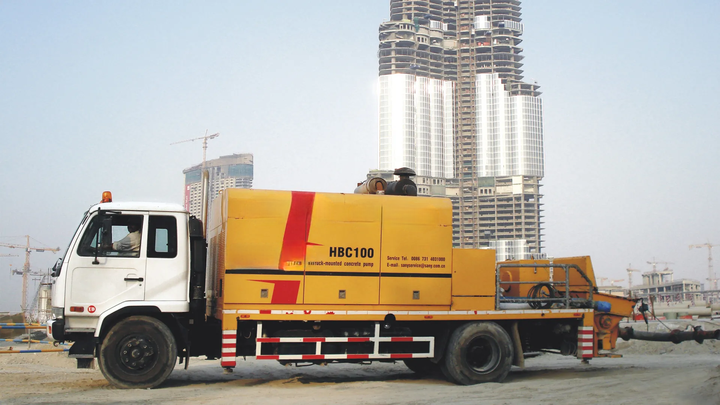
-
The Manual Era: Shovels, mixing boxes, brute strength. Extremely labor-intensive, inconsistent quality, limited volume. The "artisan" phase.
-
Early Mechanization (19th/Early 20th Century): Horse-drawn or steam-powered mixers (rotating drums or paddles). Increased volume but still rudimentary. Introduction of batch measurement (bucket-based).
-
The Ready-Mix Revolution (Mid 20th Century): The game-changer. Central batching plants with measured aggregate bins, cement silos, water meters. Truck-mounted drum mixers for delivery. Standardized quality, massive scale, enabled modern construction (suburbs, highways).
-
Refinements & Specialization (Late 20th Century): Improved drum designs (faster mixing, better discharge), admixture dispensers, specialized mixers (pan mixers for precast, planetary mixers for mortar/small batch), volumetric mixers for on-site flexibility.
-
The Digital Age (Late 20th/Early 21st Century): Computerized batching controls ensuring recipe accuracy, digital scales, automated moisture probes, basic data logging.
-
The Automation & AI Era (Present - 2025):
-
Automated Material Handling: Robotic arms loading aggregates, conveyor automation.
-
Closed-Loop Process Control: Real-time sensors (moisture, aggregate gradation cameras, temperature) feeding data to AI that dynamically adjusts water/admixtures during mixing. Guaranteed consistency regardless of input variations.
-
Predictive Maintenance Integration: Mixer health monitored in real-time.
-
Self-Cleaning Systems: Reducing downtime between batches.
-
Volumetric Advancements: Highly precise flow meters, integrated admixture systems, sophisticated control panels.
-
-
Future Glimpses: Further autonomy (AGV material delivery), hyper-customization via AI (mix designs optimized for specific structural performance/environment), integration with 3D printing systems.
-
Impact: Unprecedented consistency, waste reduction, ability to handle complex modern mixes (SCC, UHPC), reduced labor dependency, enhanced sustainability.
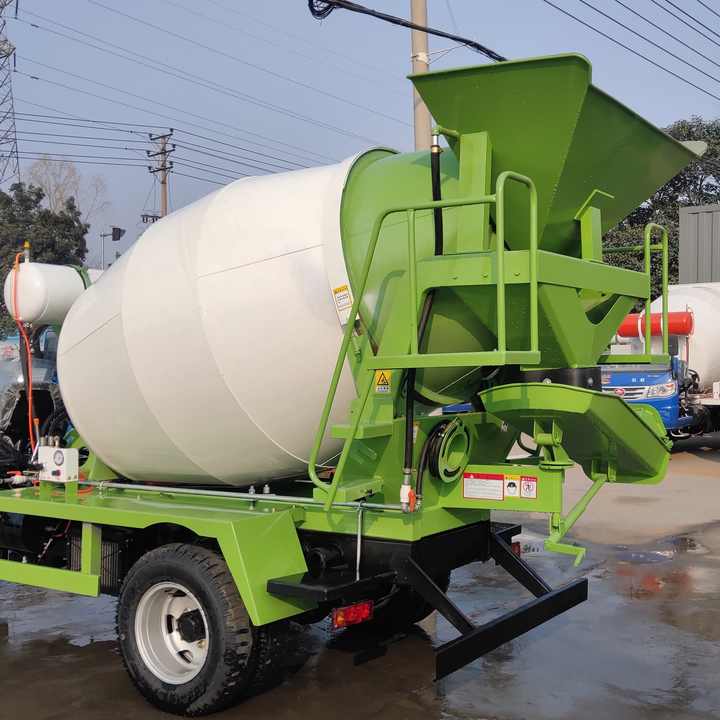
-
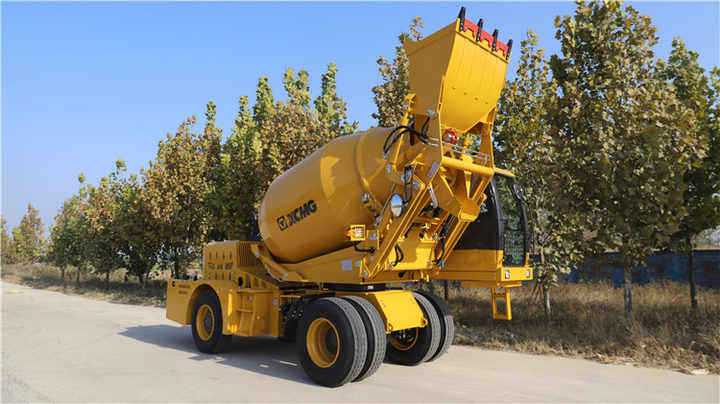 Specifications & Guideline
Specifications & Guideline

